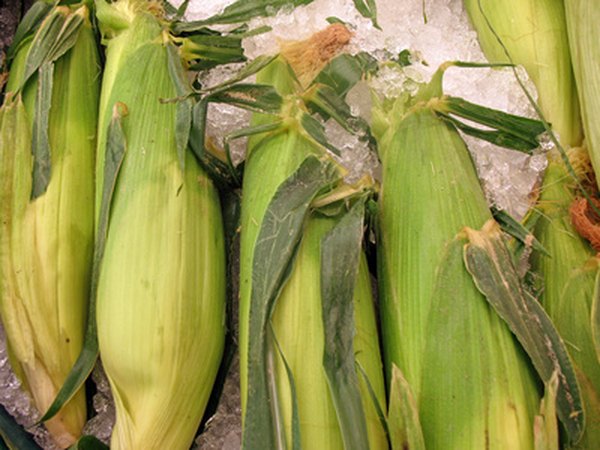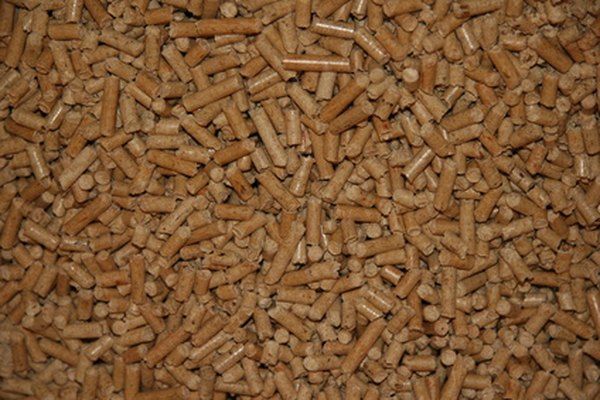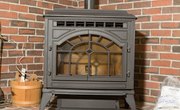
Corn versus wood. In the battle of fuel sources, each choice has its own advantages, but also disadvantages. They're both renewable sources, however, and produce about the same amount of heat.
Price for each depends largely on where you live. The cost will vary from year to year depending on the crop.
Pellet stoves can be alternative heating or supplemental heating sources. The initial capital outlay is much less than solar, geothermal or wind systems.
Corn as Food, and Then Round Two

The word corn, or maize, conjures up different visions. Food is the first use that comes to mind, but it's an important source for heating as well.
Shelled corn produces about 8,000 BTU/lb. of heat in a pellet stove, which is comparable to the same amount of heat as wood pellets.
North America alone produces about 300 million tons of corn, or enough to heat about 115 million homes. One acre of corn will yield about 3.8 tons of shelled corn, enough to heat 1.5 homes and is equal to 11.5 barrels of oil.
It takes about 30 to 40 lbs. of corn per day to heat a 1,500 square foot home.
Even within a state, average energy or fuel prices can vary widely.
Wood and One of Its Many Uses
Wood pellets are most commonly made from sawdust and ground wood chips, which are waste materials from trees used to make furniture, lumber and other products. Resins and binders that occur naturally in the sawdust, hold wood pellets together, and typically contain no additives.
Benefits of Burning Corn Pellets

Two of the top benefits of burning corn or wood pellets is that they are renewable sources. Their economic benefits make each a popular heating source. Burning either source in a pellet stove requires no chimney, and can be vented through a tube through an outside wall.
Corn pellets are generally cheaper than wood pellets, but it really depends on where you live. It's vital to check on availability and pricing of corn in the area where you live. In farming areas where corn is grown, you may be able to load up a ton of corn at a local grain elevator at very low cost. The corn would then have to be dehusked and dried.
But in areas where corn would have to be brought in, such as New England states, the cost may be much, much higher. And of course, price depends mainly on the crop that year.
Corn pellets can generally be used in a wood stove, but it does depend on the make and model, so the dealer should be consulted to get details.
Corn pellets are clean burning, making them eco-friendly. An additional bonus, burning corn creates a wonderful sweet scent outdoors.
Wood Pellets as an Attractive Source

Wood pellets have their own positive traits. Wood is much more widely available as a raw source. And pellets are even better than cord wood as a fuel source, since pellets have about an 8 percent moisture content as opposed to about a 50 percent moisture content of cord wood. More moisture results in less efficiency. Like corn, it burns cleaner than cord wood.
Cons of Burning Corn or Wood Pellets
Burning corn pellets has some disadvantages. Storage can be the most problematic, especially in urban or suburban areas, since buying in bulk is the optimal cost effective way to buy.
If corn is to be stored inside, it must be done in tight storage containers to keep out rodents and insects, and you need storage space the size of a spare garage.
Corn pellets also can produce "clinkers," which are formed when the sugars in the corn burn, and then leave a hard residue in the burners. Clinkers make it necessary to clean the stove more often than when wood pellets are burned.
The same thing that makes wood pellets attractive, that they are a byproduct, can also make them more expensive, since more sophisticated equipment is needed to manufacture them.
